Journal Kompetentnost': 8 / 159 / 2018
Articles
-
1
Terminological Component Analysis in the Regulatory Framework of the Fuel and Energy Complex
Authors: Dr. E.A. Mazlova, Professor, Department, Gubkin Russian State University of Oil and Gas (National Research University), Moscow, Russia, mazlovaea@gmail.comDr. T.S. Smirnova, Accosiate Professor, Department, Gubkin Russian State University of Oil and Gas (National Research University), Moscow, Russia, tatsmirnova82@mail.ruO.Sh. Bogdanov, Deputy Head, Central Dispatching Department of Fuel Energy Complex (CDU FEC), Moscow, Russia, bogdanov@cdu.oilnet.ru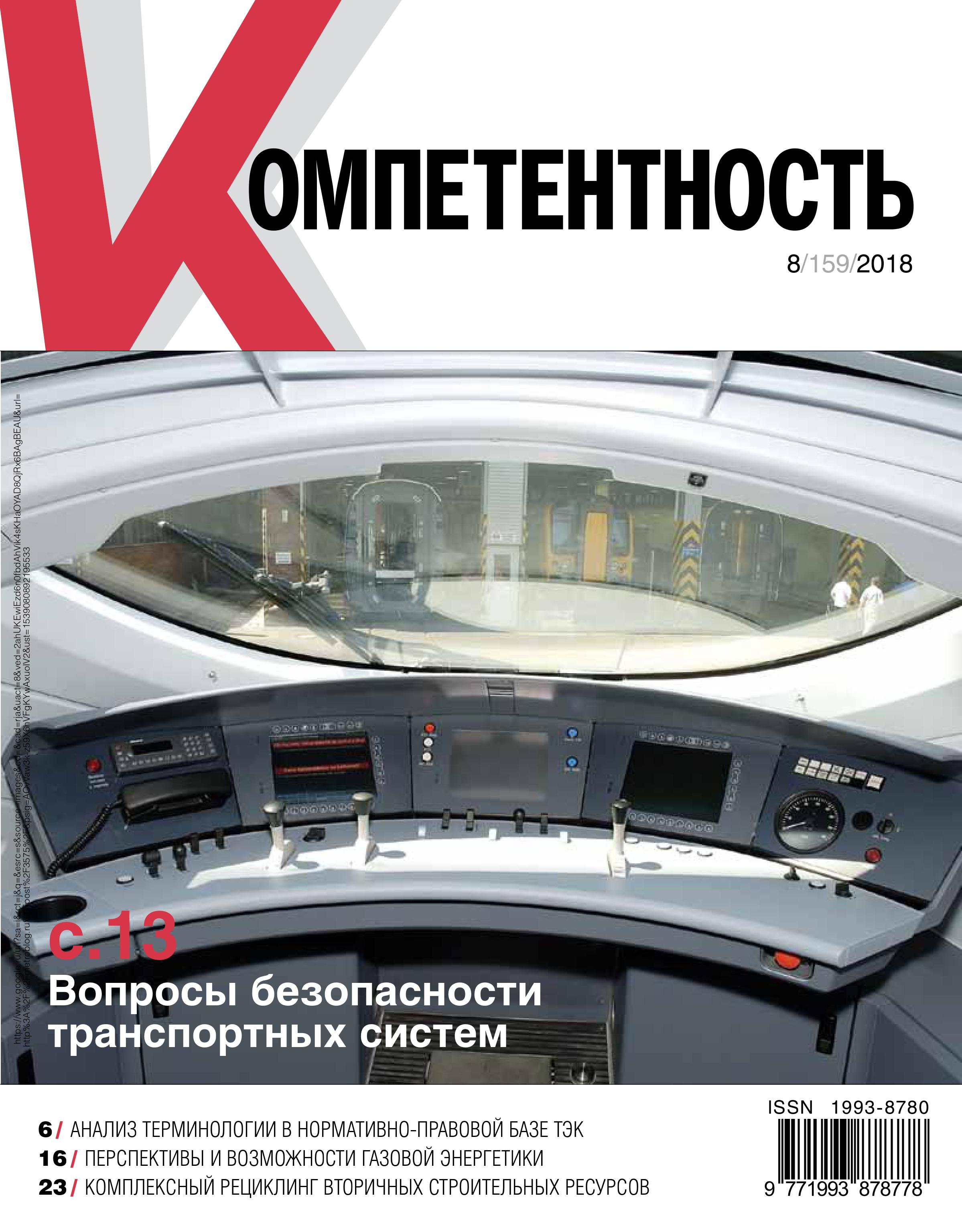 An important component of the normal functioning of any industry is the provision of
An important component of the normal functioning of any industry is the provision of
a quality regulatory and legal framework. There are a number of problems in this area,
one of that is the absence of a single reference terminological standard or thesaurus
covering the entire list of terms, definitions and their interpretations, somehow used in
the fuel and energy complex. The lack of unity of definitions and terms allows for their
multivariate interpretation.
We consider it is particularly important in case of accounting for statistical
indicators, the development of fuel and energy balances and the preparation of crosssectoral
documentation. This conceptual diversity is due to the fact that the regulatory
framework was developed in different time periods and for solving various problems.
Even in the current legal and regulatory framework of the fuel and energy complex,
one can find documents in which different terms are used to refer to the same concepts,
and vice versa, the same terms are used to designate essentially different processes,
phenomena, objects and types of fuel and power resources.
Download -
2
Topical Issues of Transport Systems Safety
Authors: Assoc. Prof. Dr. Yu.A. Baryshev, Head, Electrical Measurements Department, FSAEI FVT ASMS, Moscow, Russia, baryshev@asms.ruDr. A.K. Tabunshchikov, Associate Professor, Russian University of Transport, Moscow, RussiaA.S. Kuz’min, Postgraduate, Russian University of Transport, Moscow, Russia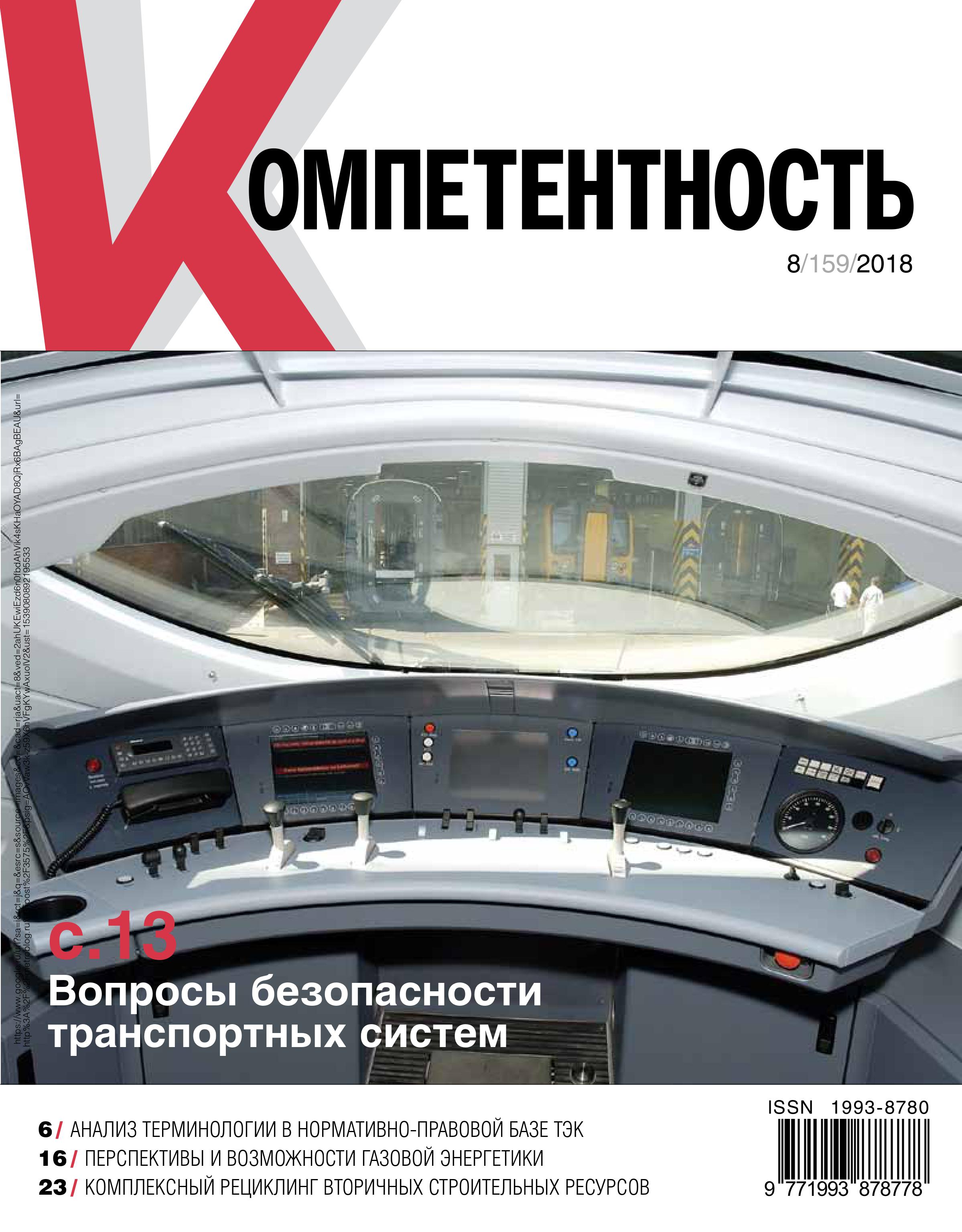 We have considered issues related to the safety of rail transport in the new economic
We have considered issues related to the safety of rail transport in the new economic
conditions for servicing automation and telemechanics devices. First, issues related
to the safety of railway transport in the context of the increasing role of automation
and remote control devices.
We assessed the risks of hazardous and emergency situations associated with
external factors of exposure and proposed ways to eliminate the causes of device
malfunctions and the emergency situations risk reduce.
The reason for the violation of the operating mode of the automatic locomotive
signaling requires serious statistical measurements at the highest metrological level, but
at present they are not carried out. The complexity of the solution lies in the different
subordination of various transport structures responsible for individual sections of the
work of the same automatic locomotive signaling system, we consider. Therefore, the
causes of failures are not well understood and understood.
An assessment of the risks of hazardous and emergency situations associated with
external factors of impact is given. The ways of searching and eliminating the causes of
device failures and reducing the risks of occurrence of contingencies.
Download -
3
Perspectives and Opportunities of Gas Energy
Authors: Dr. V.A. Grushnikov, Senior Researcher, All-Russian Institute for Scientific and Technical Information of the Russian Academy of Sciences, Moscow, Russia, mach04@ viniti.ru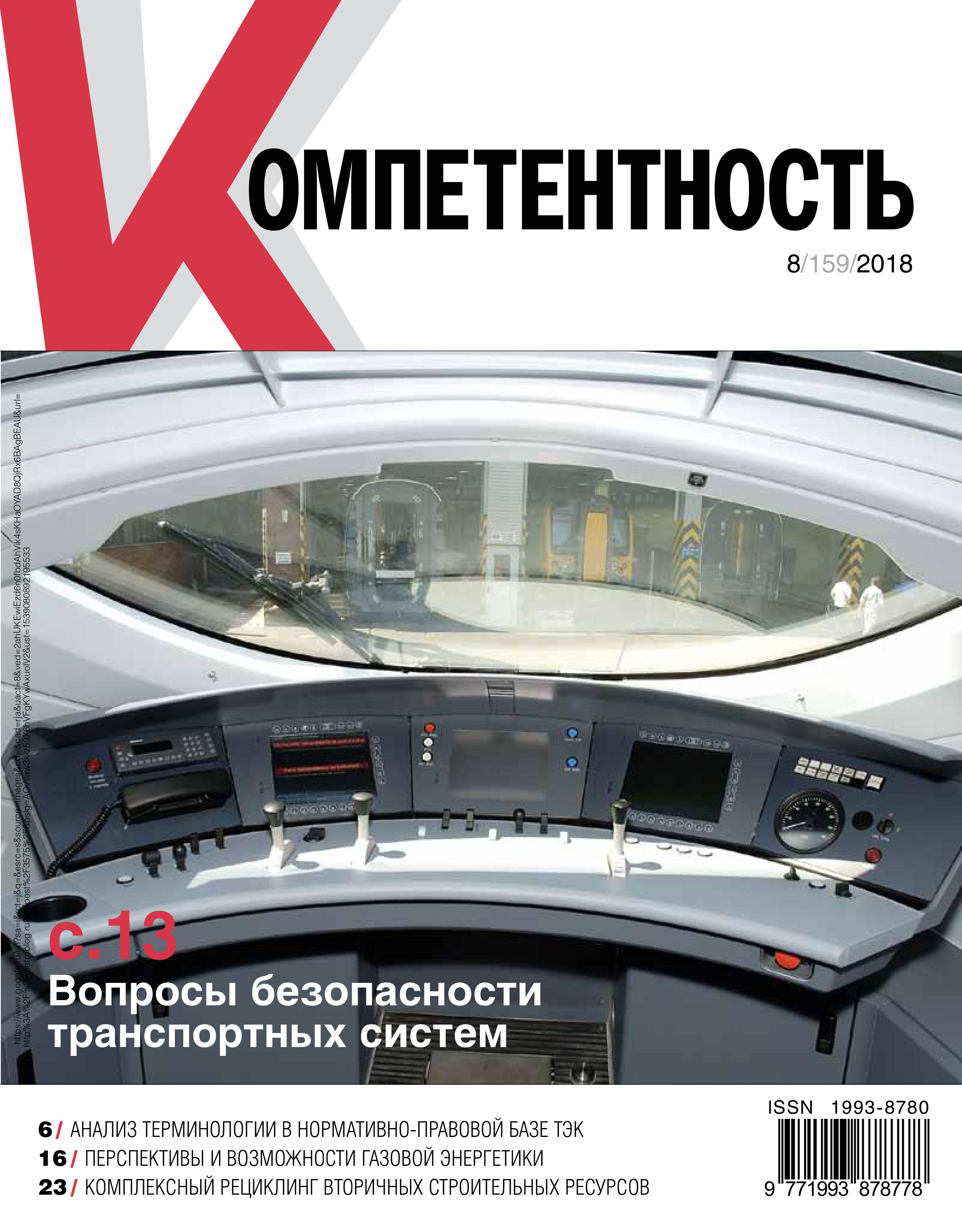 Against the background of negative forecasts of exhaustion of natural resources
Against the background of negative forecasts of exhaustion of natural resources
of energy contained in the depths of the Earth, the results of the latest research
developments in the field of exploration, assessment and efficiency of various fuel
sources of the global energy complex are clearly a positive potential. In this analysis,
you can not do without my competent commentary.
I considered some innovative technologies for the extraction of complex types
of hydrocarbons (heavy and high-sulfur oil) and oil surrogates (bitumens, oil sands).
I believe that the results of research developments in the field of exploration, evaluation
and effectiveness of the use of non-traditional types of fuel sources, in particular
methane hydrates, have a positive potential. Currently, the agenda is not the question
of what — whether traditional alternative — energy sources are hydrogen and methane
hydrate, as long as they are and are effectively used.
The wide spread of innovative fuel and energy technologies define legislative
measures to prevent global warming. It is these measures that prevent the use of nonconforming
to future requirements of vehicles that use energy-intensive, polluting
types of fuel and energy resources.
Determining the wide distribution of innovative fuel and energy technologies are
legislative measures to prevent global warming, putting a barrier to the use of vehicles
that do not meet the promising requirements of energy-intensive, polluting the
environment types of fuel and energy resources.
Download -
4
Сomplex Recycling Problems of Secondary Building Resources
Authors: Dr. G.G. Lunev, Deputy General Director for Economics and Development, LLC Recycled Materials, Corresponding Member, Scientific Secretary of the Scientific Department of Biological, Environmental and Technological Problems of Sustainable Development (NO BETPUR), AES A.M. Prokhorov, Moscow, Russia, spezstr@yandex.ruProf. Dr. Yu.M. Prokhotskiy, Head, Scientific Department of Biological, Environmental and Technological Problems of Sustainable Development (NO BETPUR), Member of the Presidium of AES A.M. Prokhorov, Moscow, Russia, yum33@mail.ru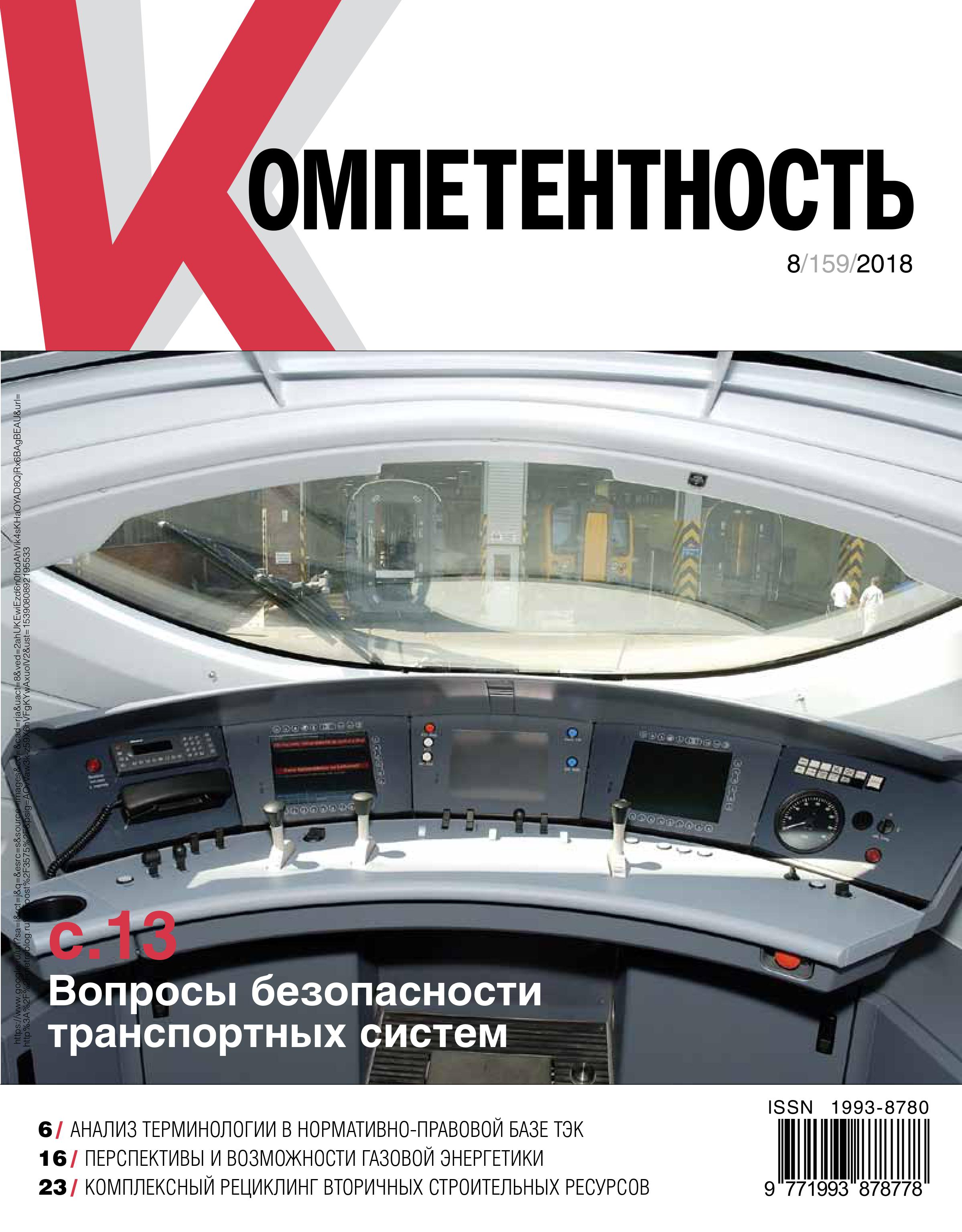 At present, the strategic approach is to recognize the environmental priority in the
At present, the strategic approach is to recognize the environmental priority in the
development of world industrial production. We had deals with the main problems
of complex processing and use of secondary building resources (SBR), on the basis
of a methodological approach, consisting in considering them as a separate type
of secondary material resources, which differ in their heterogeneous composition,
methods of formation, cycle of processing and the possibility of further use.
Process of formation and processing of SBR, is a single life cycle of several
interrelated stages, we are believe. In this regard, the management of the SBR,
processing system should be started not at the stage of formation and collection, but at
all stages, starting from the decision on the reconstruction of the facility, to the stage
of waste storage at landfills.
We believe that when designing new facilities, it is necessary to consider in advance
the issues of environmental safety during its dismantling, the technologies and methods
for the production of construction and dismantling works, as well as the economic
efficiency of further processing and use of HRV in the field of material and technical
production.
Download -
5
Health-saving Indicators List Formation of the Life Quality Population
Authors: Dr. А.N. Shmeleva, Leading Researcher, V.A. Trapeznikov Institute of Control Sciences, Russian Academy of Sciences, Moscow, Russia, schmelevaanna@mail.ru I am talking about the lack of a methodological tool for assessing the quality
I am talking about the lack of a methodological tool for assessing the quality
of the population life on the basis of health-saving indicators in Russia. According
the Russian scientists research, taking into account the methodology of the Rating of the
Regions of the Russian Federation for the quality of life and foreign programs, proposed
a detailed list of indicators, which include, among the other things, performance
indicators of executive authorities subjects of the Russian Federation, as well as local
self-government. The analysis of the relevant regulatory and legal acts showed the lack
of indicators reflecting the quality of the population life related to health. My further
research will be directed to the formation of a quality management system based
on health-related indicators and the corresponding model of system management
on the principles of the process approach.
Download -
6
The State Scientific Metrological Center: Problems of Staffing
Authors: A.N. Pronin, Acring Director, D.I. Mendeleev FSUE VNIIM, St.-Petersburg, Russia, A.N.Pronin@vniim.ruM.V. Okrepilov, Deputy Director, D.I. Mendeleev FSUE VNIIM, St.-Petersburg, Russia, m.v.okrepilov@vniim.ruB.Ya. Litvinov, Chief Researcher, D.I. Mendeleev FSUE VNIIM, St.-Petersburg, Russia, b.y.Litvinov@vniim.ru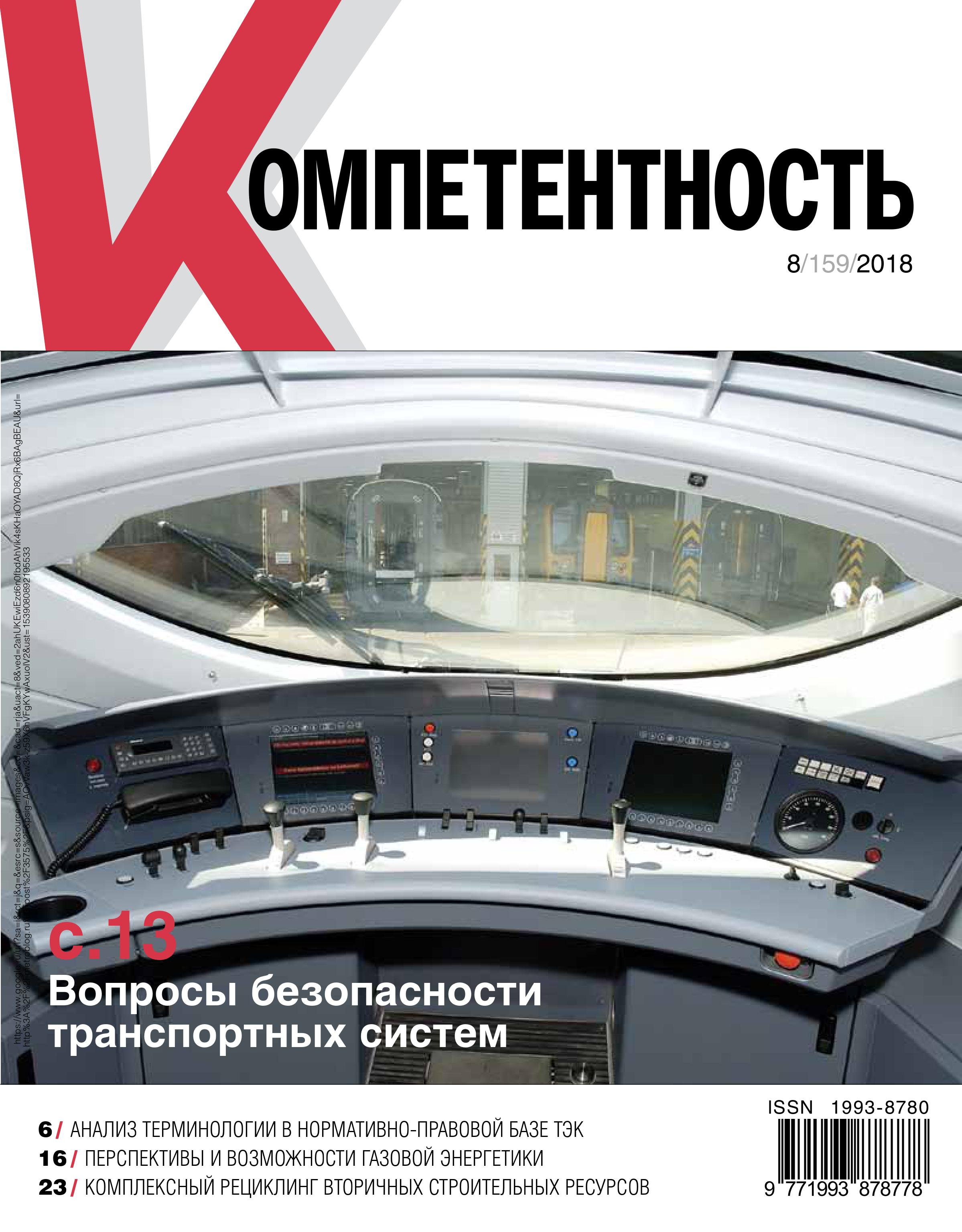 Examined of solving personnel problems, identified in the Strategy for ensuring
Examined of solving personnel problems, identified in the Strategy for ensuring
the uniformity of measurements in the Russian Federation until 2025. Training is
an important part of management in the metrology. It expedient to train metrologists
in state scientific metrology centers. This will ensure connection with modern trends
in the development of modern metrology, such as traceability, measurement uncertainty,
key comparisons and databases for measuring and calibration capabilities of metrology
institutes, metrological studies in medicine and biology, digital metrology, intelligent
measurement tools. Training of staff in the educational center will also contribute
to the development of a quality management system in VNIIM and other metrological
organizations of the country.
Download -
7
Transfer of a Hardness Unit from Hardness Meters
Authors: K.K. Savrovskiy, FBI Nizhny Novgorod Center for Standardization and Metrology, Nizhny Novgorod, Russia, savrovsky@yandex.ruDr. V.G. Kutyaykin, Director, FSAEI FVT ASMS Nizhny Novgorod Branch, Nizhny Novgorod, Russia, asms-nn@mail.ru The transfer of a unit does not end with the calibration of measuring instruments, but
The transfer of a unit does not end with the calibration of measuring instruments, but
is transmitted further from measuring instruments to measurements carried out during
tests, it’s known. In this case, the measuring instrument acts as a kind of reference
in relation to the measurement carried out for the tests.
We considered a general approach to calculating the uncertainty of the results
of calibration of hardness testers, gave practical examples of calculations of the
uncertainty of the results of the calibration of working standards and hardness testers.
As it turned out, a full account of the actual values of the metrological characteristics
of the standards, ensuring the traceability of hardness testers practically does not
affect the estimate of the uncertainty of the results of their calibration. When
estimating the uncertainty of the results of calibration of hardness testers, one can
use the maximum values of the range of standard measures of hardness given in table
3 GOST 9031–75.
Download



